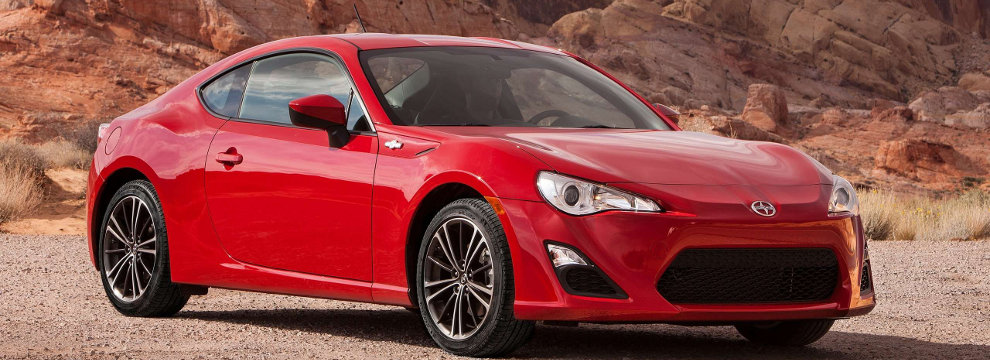
Car Body Parts
When you think parts, like most people you probably think "new." And new parts, whether OEM or aftermarket, are to be had everywhere, including auto parts stores, new car dealerships, and online stores.
But think for a minute about used and refurbished parts. They most likely will fulfill your need just as well as new parts. Why? Because refurbished parts have been rebuilt with high-quality components that meet or exceed the quality used to construct your original, but the refurbishers simply uses what s/he can to create a part that will give you many years of great, carefree service. The parts they reuse include housings, cowling, flanges, brackets, and shafts.
Used parts, too, are a viable alternative. If a vehicle has been in a wreck and "totaled out," many of the parts are still useable. These include body parts like bumpers, quarter panels, liftgates, hoods, trunk lids, and grills. But think about the engine parts that are still quite useable. They include engine blocks, flywheels, cylinder heads, pistons, lifters, and camshafts.
Now there are a host of other parts that can be salvaged from vehicles. Under the hood we can salvage radiators, alternators, starters, exhaust manifolds, intake manifolds, fuel rails, windshield washer motors, power steering pumps, air-conditioning compressors and condensers, and even fuel injectors. We can reuse drive shafts, axles, and transaxles.
Transmissions can be used "as is," or after they have been rebuilt. We can reuse headlights, taillights, brake lights, and fog lights. Interior used parts include drivers' seats, passenger seats, rear passenger seats, dashboards, floor mats, and gearshifts. We can reuse wheels, tires, rims, even windshield wipers, and windshield-wiper motors.
Remember that buying used can save you up to 70% in overall costs.
But buying new is always something to consider. New means OEM parts, those made under the auspices of the manufacturer that originally made your car. But keep in mind carmakers do not make most parts themselves. Instead they contract out making these parts to reliable, diligent parts makers who manufacture the parts to the carmaker's strict specifications. This way you know you are getting a great, high-quality part.
These contractors also sell the exact parts they make for auto manufacturers under their own or others' labels. These are known as new but non-OEM parts. They are no different than an OEM parts except that the box or bag they come in does not show a car manufacturer's label.
Aftermarket parts are made by independent companies that make parts that duplicate new OEM parts. In some cases, these parts may be better than originals because they may use better materials and/or they may have engineering specifications that are tighter or more accurate than those followed for the manufacture of the original part.
Aftermarket and new parts include ball joints and control arms, axle assemblies, brake calipers and rotors, CV joints and boots, catalytic converters, drive shafts, distributor caps, engine parts, EGR valves, exhaust manifolds, flywheels, fenders, fuel tanks, fuel injectors, fuel pumps, grills, headlights, head gaskets, heater cores, hub caps, ignition coils, motor mounts, master brake cylinders, radiators, struts and shocks, and spark-plug wire harnesses.











